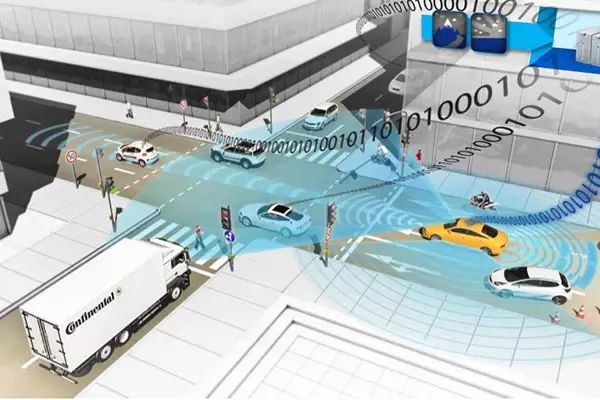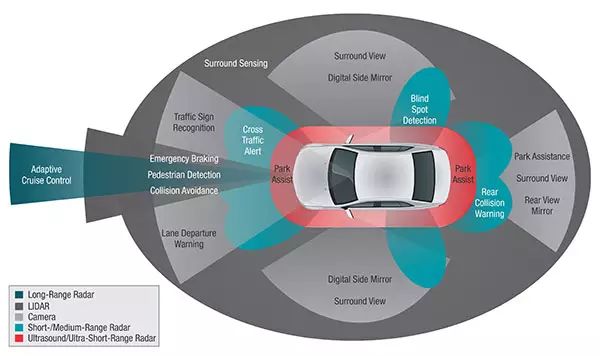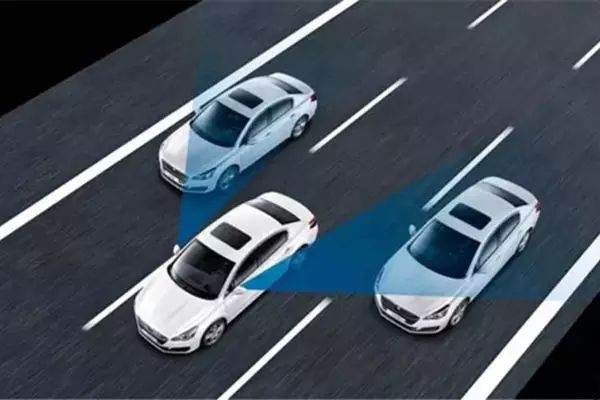Introduction:
Autonomous driving has always been an intriguing concept. At this stage, how to make ADAS more accessible is crucial for the development of intelligent driving.

Autonomous driving has always been an interesting concept. On one hand, it is very hot. Not only Google and Baidu, but many automakers are working on it, as if it is already very close to us. On the other hand, this hot topic seems to have been around for a while—various tests and concept cars keep being showcased, but when it comes to mass production, no one can provide a timeline. Meanwhile, the rise of another concept—ADAS—seems to offer a new perspective. ADAS can be described as a direction for the development of intelligent driving, with a similar ultimate goal to autonomous driving, but a different developmental process. To some extent, ADAS is more gradual and more accessible than autonomous driving. At this stage, how to make ADAS more accessible is indeed the key to the development of intelligent driving.


Compared to Autonomous Driving, ADAS is More Gradual
With Google cars, we can actually see that autonomous driving is technically feasible, and there are not many insurmountable barriers in hardware. The real challenge of autonomous driving lies in software, more precisely, in controlling the autonomous driving computer terminal. It needs to continuously learn and understand various human operation methods and make the correct judgments in different situations, which is a significant challenge for computers. While Google cars seem advanced and intelligent, a recent simple right turn to avoid an obstacle resulted in a collision with a bus, showing that they are still quite inexperienced in dealing with complex situations.
However, if we look at it from another angle, the situation might become clearer. If we separate the “different tasks,” it becomes much easier to achieve. For example, it may be hard to imagine when an intelligent robot worker will appear, but for a single task like a smart dishwasher, it is roughly equivalent to a basic washing robot; floor-cleaning robots are now quite popular. The same applies to autonomous driving; the reason we find it unattainable is that the initial goal is to fully replace the driver. If we “break down” the driving tasks, we will find that many things can be realized in advance. And this is precisely ADAS.


The Value of ADAS Lies in Early Warning of Dangers and Proactively Avoiding Risks
Autonomous driving can be seen as completely liberating the driver, while ADAS can be viewed as partially liberating, and as technology progresses, it will increasingly liberate until it is fully liberated (which then becomes autonomous driving).
A typical example is the Mobileye product from Israel, which is currently recognized as the best in the ADAS industry (occupying 75% of the global ADAS market share, with brands like Tesla and BMW using its products). One of its functions, the front collision warning, alerts the driver when a potential collision with the vehicle ahead is detected. The system issues a warning through sound and visual alerts a few seconds before a potential collision risk occurs; it helps the driver make judgments in high-speed situations and can also warn of potential risks that the driver may not notice at low speeds. According to official data from Mobileye, its detection accuracy can reach 99.99%. With ADAS, some potential risks can be significantly reduced, and it is even safer for novice drivers. Similar ADAS technologies and functions are numerous, including front collision warning, lane departure warning, intelligent high beam control, speed limit reminders, traffic sign recognition, etc. With current ADAS technology, under the assistance of other systems, operations such as adaptive cruise control and lane keeping can replace the driver’s tasks.

Another perspective is “specific road sections.” The main difficulty for autonomous driving to date is responding to complex road conditions, such as urban roads. However, on closed highways with clear lane markings, autonomous driving has already been realized and is quite safe. This is also the area where ADAS excels and is most worth implementing.

The Popularization of Regular Brands Will Be Key to Making ADAS Accessible
The concept of ADAS has recently become popular, but related technologies have actually existed for a long time; it’s just that they haven’t been systematically articulated. Broadly speaking, adaptive cruise control, intelligent parking, night vision systems, etc., can all be classified under the ADAS domain.

Like many new technologies, these related technologies of ADAS also started with luxury brands. However, to align with the theme of this article, “accessibility,” the key is to see its coverage in regular brands, especially in mid-to-low-end models.
Recently, there was news that Dongfeng Peugeot will begin equipping ADAS in its new models launched in 2016. This can be seen as the first time an automaker has referred to such technologies as ADAS. This implies two things. One is that manufacturers are beginning to regard and promote ADAS as a systematic technology, and the other is that there will be an emphasis on comprehensiveness in the application of the technology, rather than just a few isolated functions. For example, according to the information provided by Dongfeng Peugeot, its ADAS technology will cover not only the previously mentioned features but also 360° panoramic cameras, 180° visual parking assistance, adaptive parking assistance, pre-collision autonomous braking systems, adaptive adjustment of high and low beams, fatigue driving warnings, night vision safety warnings, traffic sign intelligent recognition systems, etc. This is quite comprehensive.

Conclusion
ADAS encompasses all technologies that provide assistance functions to drivers. From the perspective of most people, it is more reflected as a new generation of active safety technology, which also embodies the value of ADAS in a certain sense—it not only makes driving easier for the driver but also makes driving safer. More importantly, its ultimate goal is autonomous driving, but unlike existing autonomous driving technologies that are still in the experimental stage. The widespread application and popularization of ADAS, especially as a complete concept recognized broadly, will more powerfully promote the development of such technologies, and in turn, facilitate the early realization of autonomous driving.

Maker
Classic
[Maker] Season 3:
Click the image or text below to read
 Zhihua Dengbo: Seven Years to Maturity, The Rise of Tsinghua’s ADAS
Zhihua Dengbo: Seven Years to Maturity, The Rise of Tsinghua’s ADAS

The Three Musketeers of Yushi, The Era of Partners in Autonomous Driving

Alibaba’s Wang Jian: How the First Internet Car Was Made
Leave your sharp comments in the comment section
Add WeChat ID junjun2013 as a friend,
Interact with Cheyun Zero Distance!
Scan the QR code below to get more exciting content from “Cheyun”
